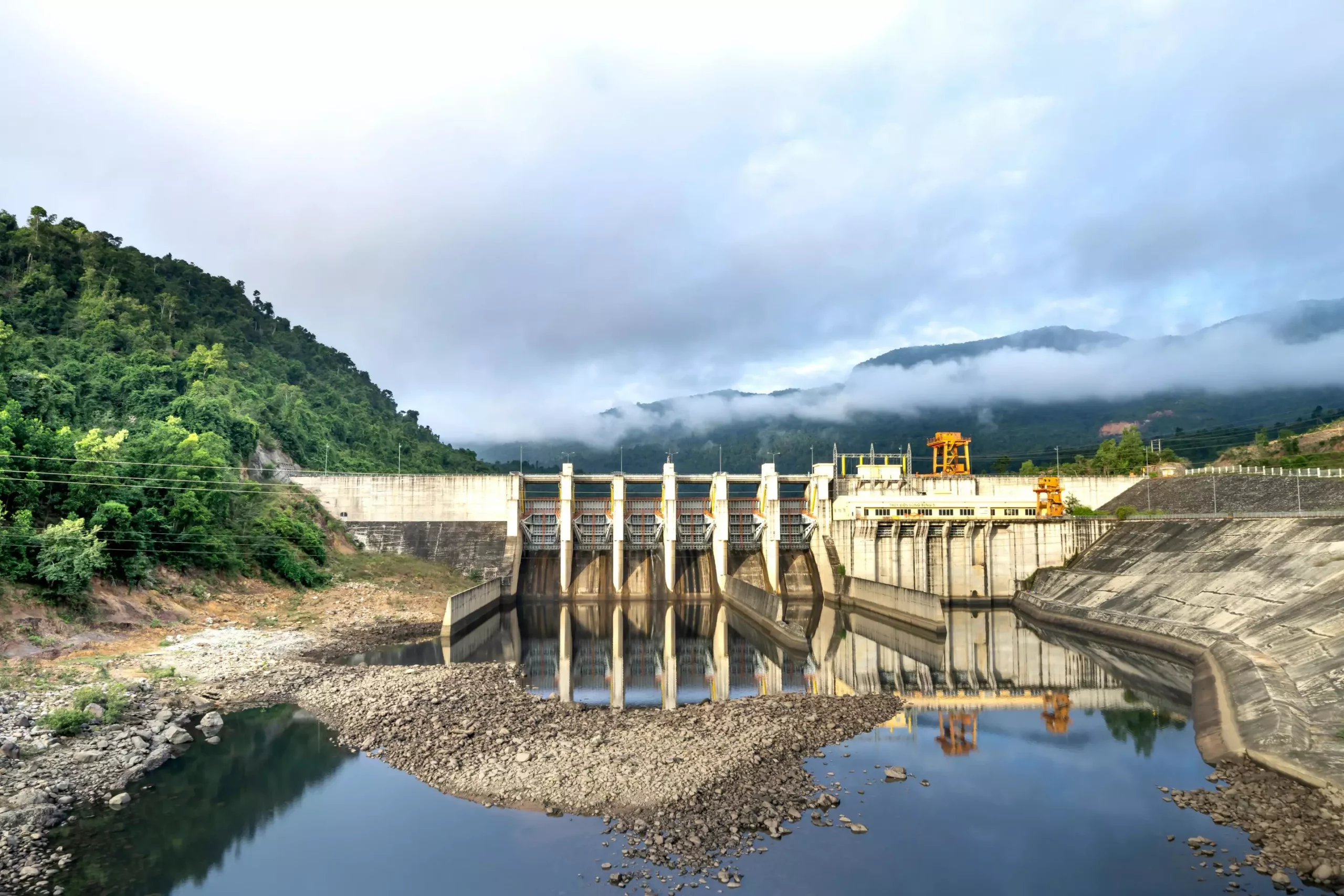Hydropower, often celebrated as a cornerstone of clean energy, plays a critical role in the renewable energy landscape of the United States. While it boasts several environmental advantages, reliance on this resource can pose risks, particularly in times of drought. A revealing study from The University of Alabama has highlighted how prolonged dry spells can significantly impair hydropower generation capabilities. The researchers argue these losses, if unaddressed, could transform a traditionally sustainable resource into a liability during climate extremes.
The comprehensive research published in Environmental Research Letters draws upon an extensive 18-year analysis, scrutinizing the correlation between drought periods and hydropower production. The damages from drought-induced energy deficits have culminated in an alarming estimated financial impact of $28 billion from 2003 to 2020. This significant downturn not only eroded revenue for plant operators but also forced states to look elsewhere, often turning to fossil fuels, further compromising environmental standards.
Dr. Hamid Moradkhani, the study’s lead author and an established expert in engineering and hydrosystems, emphasizes that the common narrative around climate vulnerability prioritizes floods while neglecting prolonged droughts. His team’s findings serve as a clarion call for increased awareness about the multifaceted nature of climate threats and their direct impacts on hydropower.
What stands out from the study is the varying degrees of vulnerability among the states reliant on hydropower. Nevada, despite its reputation as an arid landscape, exhibited noteworthy resilience due to the Hoover Dam’s capacity to store and regulate water effectively. Such infrastructure not only mitigates drought impacts but also fortifies the state’s adaptive measures.
In contrast, states like Alabama, where hydropower constitutes roughly 7% of electric generation, reported lesser vulnerability due to a combination of factors, including geographic diversity and adaptive resource management. The degree to which states can weather drought hinges on their specific circumstances, defining a critical need for state-centered analyses when developing energy sustainment strategies.
Beyond the economic ramifications, the environmental impacts stemming from drought-related energy shortages are equally significant. As the report delineates, states that resorted to fossil fuel alternatives saw alarming spikes in carbon dioxide and nitrogen oxide emissions, thereby exacerbating air quality issues. An uptick of 10% in CO2 and 24% in NO2 across the nation prompts necessary alarms regarding the interplay between energy crisis management and environmental preservation.
Such short-term emissions increases highlight the need for strategic foresight in energy planning. The researchers advocate for integrating drought mitigation measures into long-term energy frameworks to avoid not just economic burdens but also to uphold environmental integrity.
The findings from this research underscore the urgency of tailored strategies that reflect the distinct hydrological and climatic contexts of each state. Diversifying energy sources can serve as a cushion against the susceptibility of hydropower to extreme weather conditions. Additionally, adopting improved water management practices should be prioritized to ensure sustainable usage of available resources without compromising future energy generation.
The call to action is clear: enhancing the resilience of the energy sector in drought-prone regions necessitates an interdisciplinary approach. Engaging not just engineers but also environmental scientists, policy-makers, and community stakeholders will forge a comprehensive strategy that acknowledges and prepares for the challenges posed by climate variability.
As climate fluctuations become more pronounced, the significance of evaluating and addressing the effects of drought on hydropower cannot be overstated. The University of Alabama’s research ultimately aims to ignite discussions around safeguards that can be implemented to protect hydropower’s future viability. As we continue to stride towards a more sustainable energy future, adaptability and resilience planning must take center stage to truly harness the potential of hydropower without falling prey to its vulnerabilities. Understanding and preparing for drought-related challenges not only protects the economy but also preserves our commitment to environmental stewardship.

